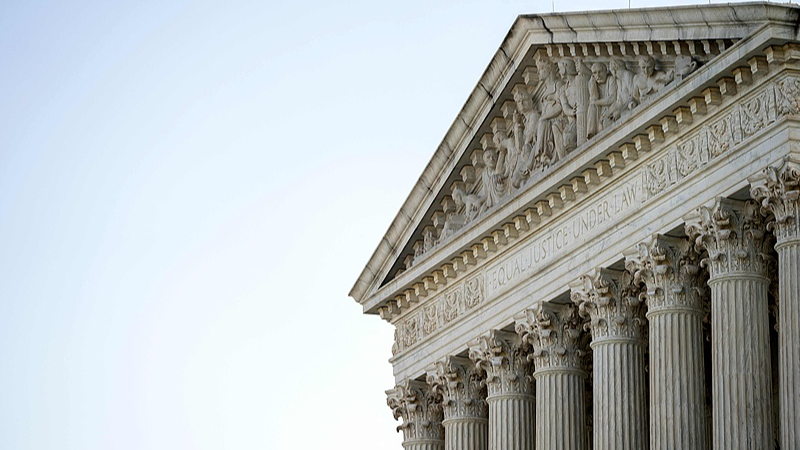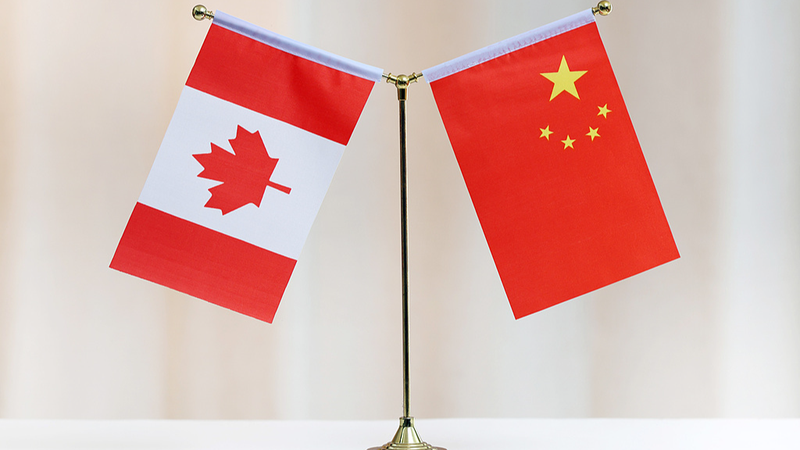On Tuesday, Nov. 11, the U.S. Supreme Court extended a pause on a judge’s order that would have forced President Donald Trump’s administration to fully fund the Supplemental Nutrition Assistance Program (SNAP) for 42 million low-income Americans this month amid the federal government shutdown.
The pause allows the administration to continue withholding roughly $4 billion in food aid, pending resolution of a lawsuit over the judge’s directive. Lawyers argued that if the shutdown ends, the need to block the court order would disappear, suggesting the extension may be brief.
Justice Ketanji Brown Jackson, who initially granted a temporary stay last Friday, noted she would have denied the administration’s request to further halt the judge’s ruling. The current pause is set to expire on Thursday, Nov. 13.
Senate Seeks Shutdown Solution
On Monday, Nov. 10, the U.S. Senate approved compromise legislation aimed at ending the longest government shutdown in history. The stalemate has disrupted food benefits for millions, left hundreds of thousands of federal workers unpaid and snarled air traffic at major hubs.
Global Ripples and Next Steps
Beyond the direct impact on SNAP recipients, the funding freeze has broader economic effects, from consumer spending shifts to travel delays affecting global citizens and digital nomads. If lawmakers finalize an end to the shutdown, the Supreme Court’s pause will likely become moot, restoring the paused SNAP funding.
As legislators push for a vote before the pause expires, millions of Americans and observers worldwide await a swift resolution to this high-stakes showdown.
Reference(s):
U.S. Supreme Court extends pause on Trump food aid funding order
cgtn.com




